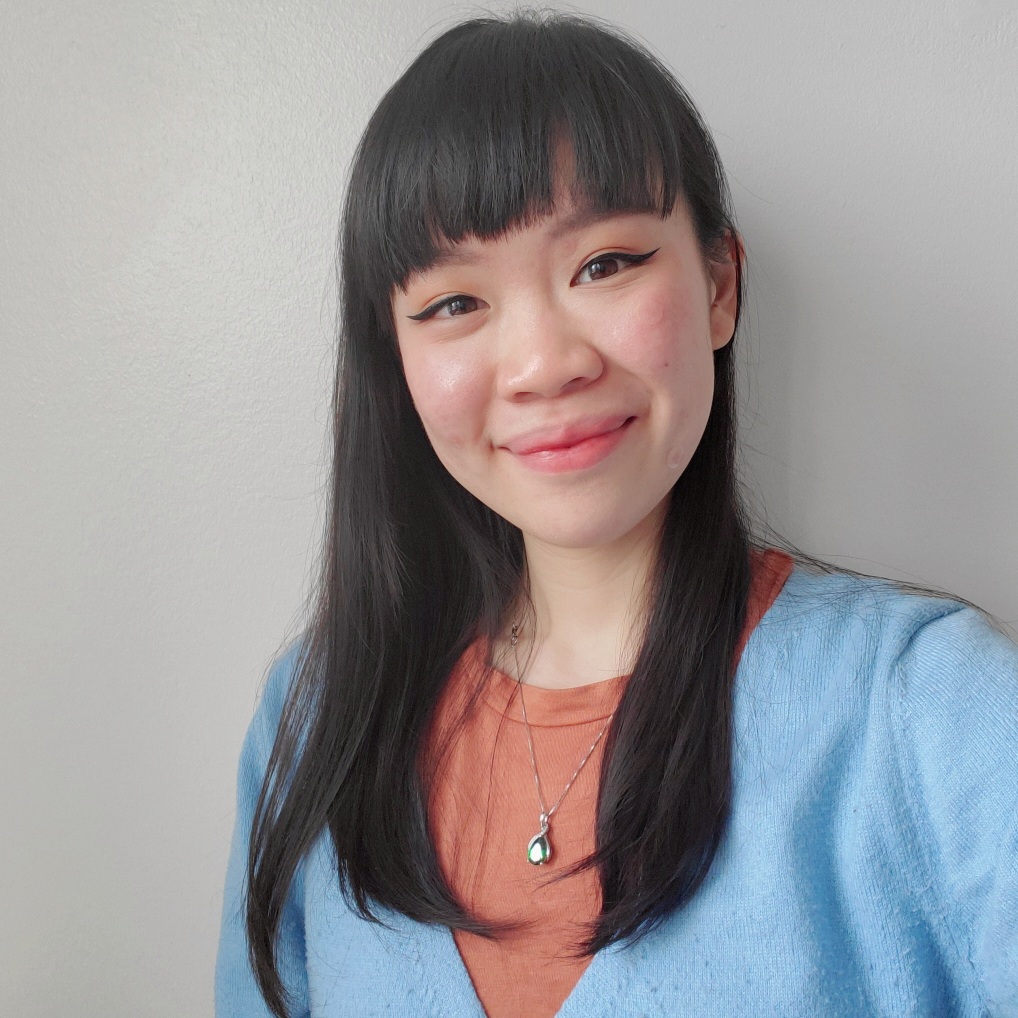
June 21st is National Indigenous Peoples Day, and June is National Indigenous History Month. For many Canadians, these events might sound unfamiliar—so let’s unpack together what they are and why we celebrate them.

Written by Cheryl Nong, Research Coordinator, Honours Bachelor of Science, Psychology and Neuroscience Double Major
You may have recently noticed flyers, newsletters, or social media posts advertising June as National Indigenous History Month. But did you know that today, June 21st, also marks Canada’s annual National Indigenous Peoples Day (NIPD)? Around the country, groups of Indigenous Peoples will gather to celebrate their heritage and identities. For non-Indigenous people, it’s a great opportunity to learn more about the rich cultures of First Nations, Inuit, and Métis peoples.
A Brief History of National Indigenous Peoples Day
Although National Indigenous Peoples Day has only “officially” existed for about thirty years, proposals for such a day are much older. Various Indigenous groups including the Assembly of First Nations, Sacred Assembly, and Royal Commission on Aboriginal Peoples have recommended the creation of a national holiday in recognition of Indigenous Peoples since the 1980s.

However, it wasn’t until July of 1996 that the Governor General of Canada of the time, Roméo LeBlanc, formally declared June 21st a national Canadian holiday. This date marks the summer solstice, the longest day of the year and a traditional date for celebrating Indigenous identities due to its special spiritual significance to Indigenous peoples across the world.
Why Celebrate National Indigenous Peoples Day?
In his original 1996 proclamation, LeBlanc wrote that “Aboriginal peoples of Canada have made and continue to make valuable contributions to Canadian society and it is considered appropriate that there be, in each year, a day to mark and celebrate these contributions and to recognize the different cultures of the Aboriginal peoples of Canada”.
Although many Indigenous leaders now prefer the term “Indigenous” over “Aboriginal” due to its historical use in government policy, the sentiment of this proclamation still rings true. Common misconceptions about Indigenous Peoples often depict them as a monolithic group from the distant past with little to no influence on modern Canada.
In reality, these misconceptions are just that: misconceptions. It is not fair, accurate, or meaningful to lump the enormous diversity of Indigenous Peoples into this stereotype. For one, there are more than 50 discrete First Nations living across Canada, totaling more than 1.67 million people. According to census data, Indigenous Peoples at large also represent the fastest-growing population in Canada.
Additionally, focusing solely on historical harms can undermine the real achievements of Indigenous Peoples. While it is certainly important for us to mourn the trauma of the residential school system and ongoing systemic violence against Indigenous Peoples, especially women and girls, National Indigenous Peoples Day also provides us with an outlet to reframe our narratives about Indigenous Peoples. As design researchers, we value storytelling—and we recognize how powerful it can be to think of people as not only survivors, but also achievers, community leaders, and innovators.



Reflection, Recognition, and Reconciliation
Many well-known “modern-day” inventions actually have their roots in Indigenous practices. For examples, you don’t need to look further than your medicine cabinet. Petroleum jelly, cough syrup, and willow bark—the active ingredient in painkiller medications like Aspirin—have each been used by First Nations for hundreds of years. Even Abraham Maslow’s hierarchy of needs, the well-known psychological theory of motivation, is thought to have been inspired by time he spent among the Siksika (Blackfoot) Nation.
As inspiring as education can be, it does not represent the endpoint of this month’s festivities. Allyship is an ongoing process, and often an uncomfortable one: we must question our own preconceived beliefs, as well as challenge the hurtful actions of others.
As scholars, we are ultimately brought to the university because we want to learn. National Indigenous Peoples Day is an opportunity for all of us—students, staff, and faculty alike—to foster respect and curiosity for Indigenous culture.
Resources at UofT:
Non-Indigenous allies play a crucial role in reconciliation efforts, and reconciliation, education, and reflection are the first steps towards that goal. To that end, here are some resources we’ve collected to help get you thinking.
- First Nations House: information, advising, and culturally relevant programming for ALL students at UofT, including non-Indigenous students who want to learn more
- Academic programs with Indigenous Inquiry: listing of academic programs at UofT focusing on topics related to Indigenous languages, culture, health, etc.
- U of T courses about Indigenous histories and cultures: article from The Varsity recommending courses with Indigenous themes across the three campuses
- Learn more about land acknowledgements at UofT
Resources in the Greater Toronto Area:
- The Indigenous History of Tkaronto: List of websites, books, YouTube videos, articles, and more on about Tkaronto (Toronto)’s local Indigenous history
- Toronto Area Treaties: Readings on past treaties and agreements performed in the Tkaronto area
- City of Toronto’s Sunrise Ceremony: a ceremony performed with Indigenous partners to share gratefulness for creation and Mino Baamodziwin (The Good life)
- Government of Canada’s interactive map of National Indigenous Peoples Day events—find one near you!
General resources for learning more about Indigeneity:
- Read about the Great Festival of Light, the story behind June 21st‘s summer solstice celebration
- Listen to an Indigenous creation story (audio available in Haida, Gwich’in, Piikani, Anishinabe, Inuit, and English)
- Enroll in Indigenous Canada, a free online course from the University of Alberta
- Watch an Indigenous-made film
- Listen to an Indigenous-themed podcast
- Read an Indigenous-themed book (and support a First Nations family-owned business!)
- Donate to or volunteer with a charity that supports Indigenous communities
0 comments on “National Indigenous Peoples Day 2023”